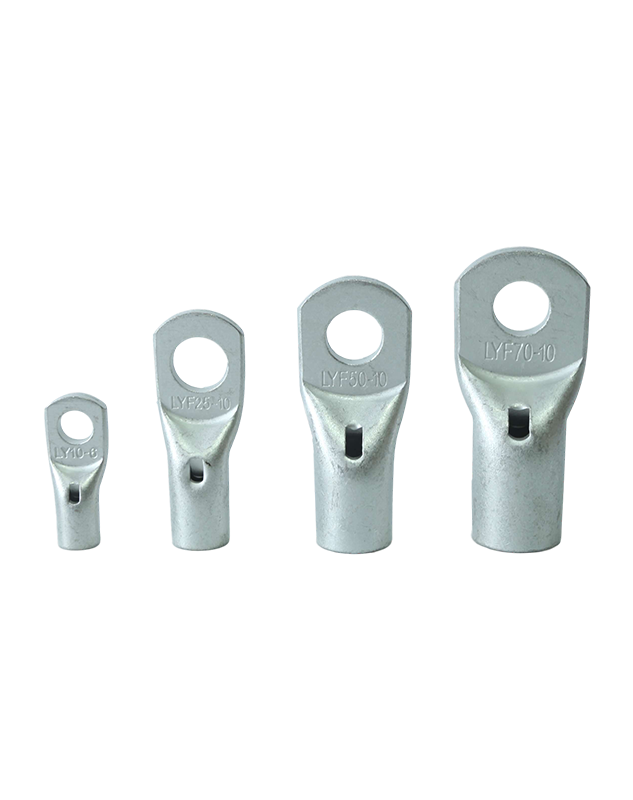

The terminal adopts the crimping frame to realize the m […]
The terminal adopts the crimping frame to realize the mechanical and electrical connection of the wire. The crimping frame is made of quench-hardened, galvanized-passivated steel, and the conductors are securely clamped with steel screws capable of withstanding high torques. The copper conductive sheet is plated with a flexible tin-lead alloy, which can maintain airtight, low resistance, and sexual connection with the wire.
The following features of the terminal block are favored by users, so they are widely used:
1) The contact surface is large and the contact pressure is large;
2) With self-locking and function;
3) Test jacks can be installed without maintenance;
4) The contact point has good air tightness and corrosion.
5) Allows multiple strands to be connected directly.
6) Good versatility.

Several suggestions for testing the contact stability of terminals:
1. Static conductivity detection
Terminals are generally used in the connection of static electrical systems, so static conductivity should be used as one of the basic indicators to determine the stability of terminals. The static conductivity test of the terminal, as the name suggests, is to sample the conductivity of the terminal in the static electrical system. With the static conductivity stability and product quality of this batch of products, the interests of customers and terminal companies are protected to the greatest extent.
2. Dynamic conductivity detection
In some cases, terminals are used in dynamic, such as vibration, environments. Therefore, it is particularly important to perform dynamic conductivity tests on terminal blocks. Experiments show that only qualified terminals are tested in a static environment, and they cannot be contacted in a dynamic environment. Because, when the statically conductive qualified connectors are vibrated, there will still be instantaneous power failure during the dynamic simulation test. Therefore, for some terminals with high performance requirements, dynamic vibration tests can be performed on them one by one. .
3. Single hole insertion force detection
The single-hole insertion force refers to the large static friction force in which the contact piece in the inserted state of the unit pinhole changes from relative static to relative movement or from relative movement to relative static. Many experimental results show that the single-hole plug-in force is too small, and the signal may be interrupted in a dynamic environment such as vibration.
Usually, the method of measuring single-hole insertion force is used to detect the terminal property rather than the conductivity to detect the contact stability. Experiments show that the electrical conductivity test is often qualified for jacks with poor single-hole insertion force.
You can tick the products you need and communicate with us in the message board.